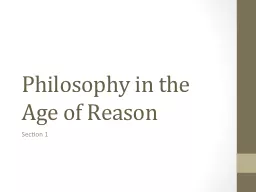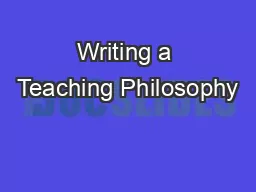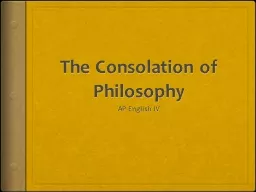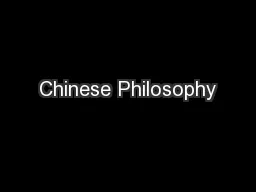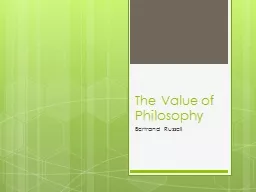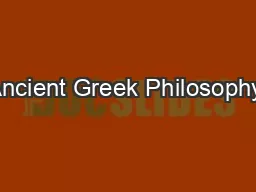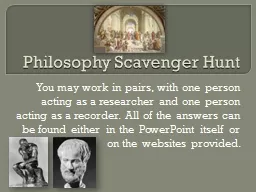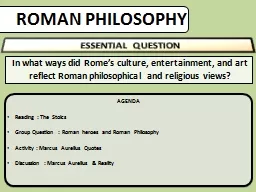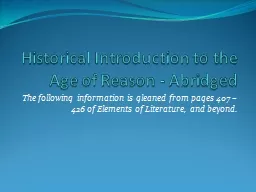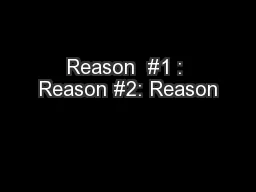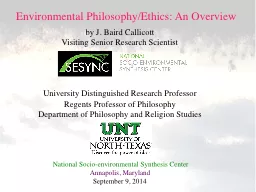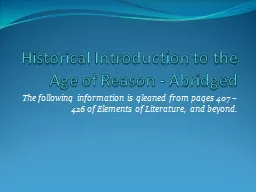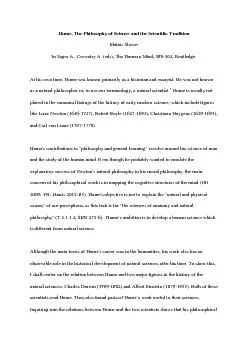PPT-Philosophy in the Age of Reason
Author : lindy-dunigan | Published Date : 2017-07-14
Section 1 Scientific Revolution Sparks the Enlightenment Successes of the scientific method and use of other forms of reason convinced Europeans that the Human
Presentation Embed Code
Download Presentation
Download Presentation The PPT/PDF document "Philosophy in the Age of Reason" is the property of its rightful owner. Permission is granted to download and print the materials on this website for personal, non-commercial use only, and to display it on your personal computer provided you do not modify the materials and that you retain all copyright notices contained in the materials. By downloading content from our website, you accept the terms of this agreement.
Philosophy in the Age of Reason: Transcript
Download Rules Of Document
"Philosophy in the Age of Reason"The content belongs to its owner. You may download and print it for personal use, without modification, and keep all copyright notices. By downloading, you agree to these terms.
Related Documents

